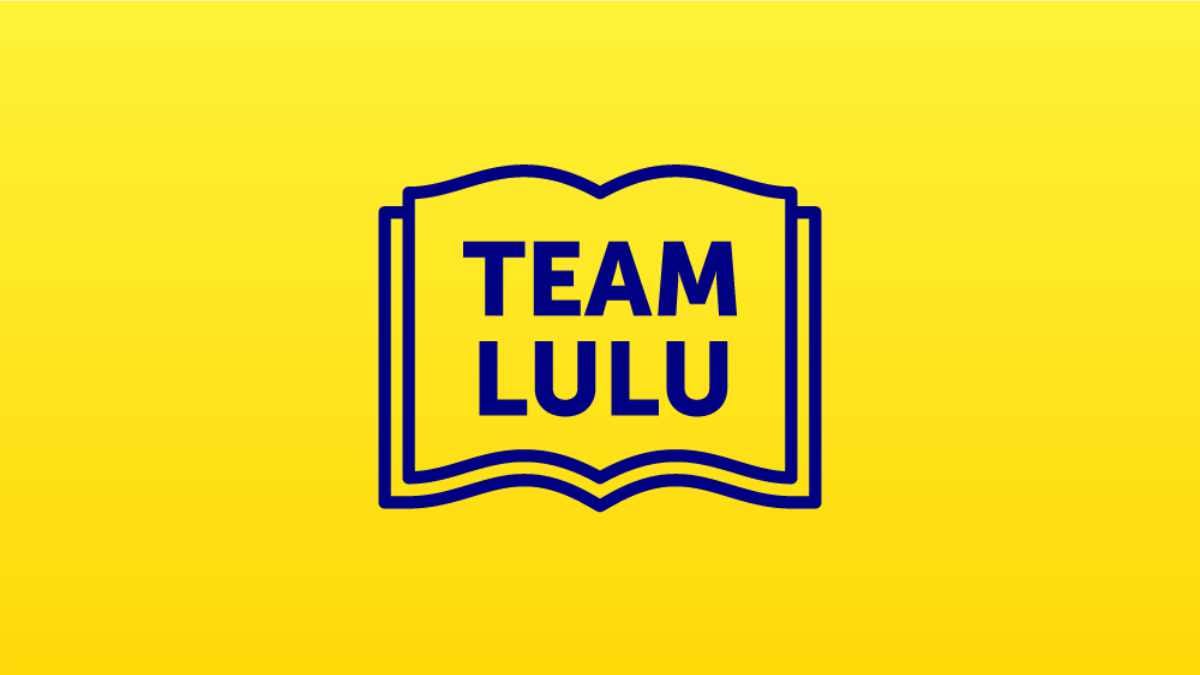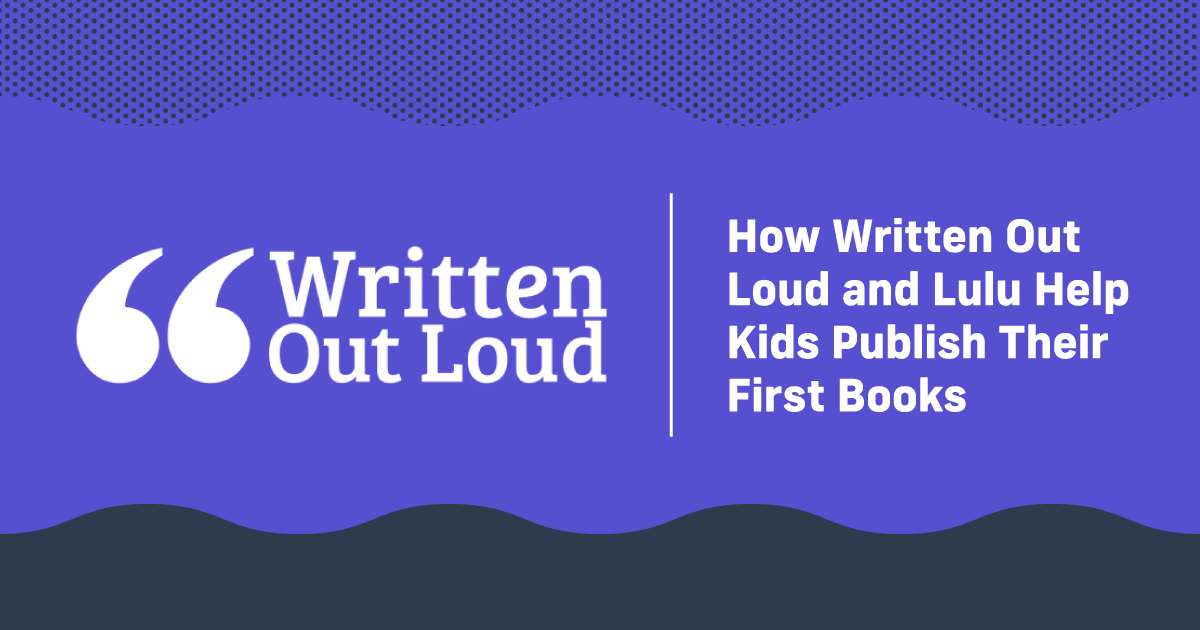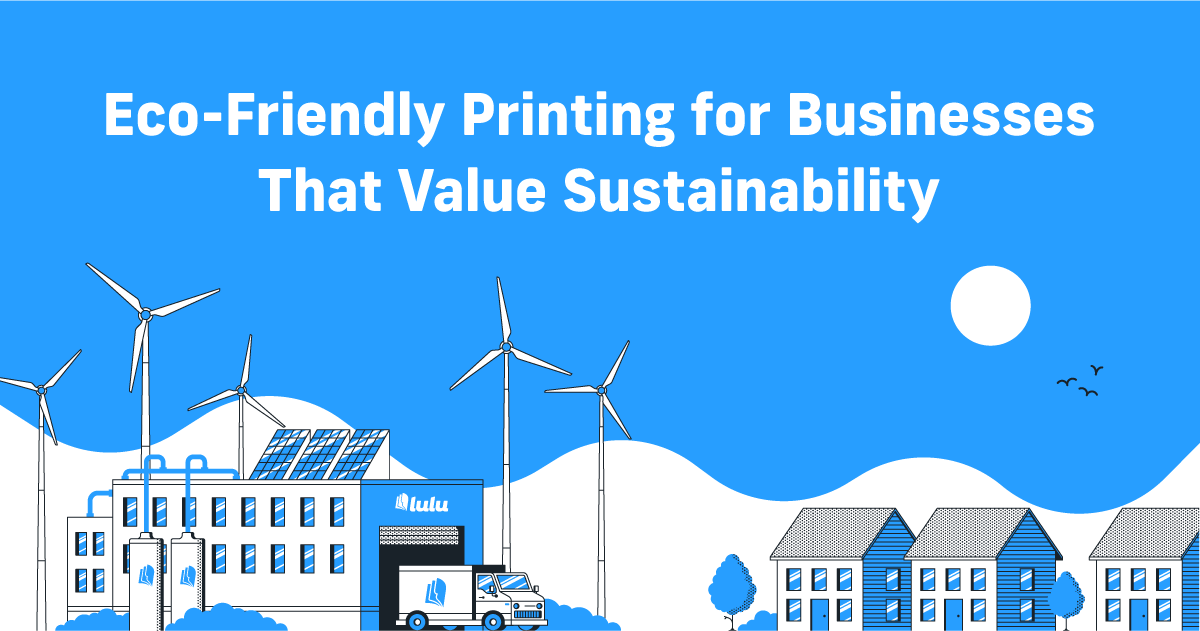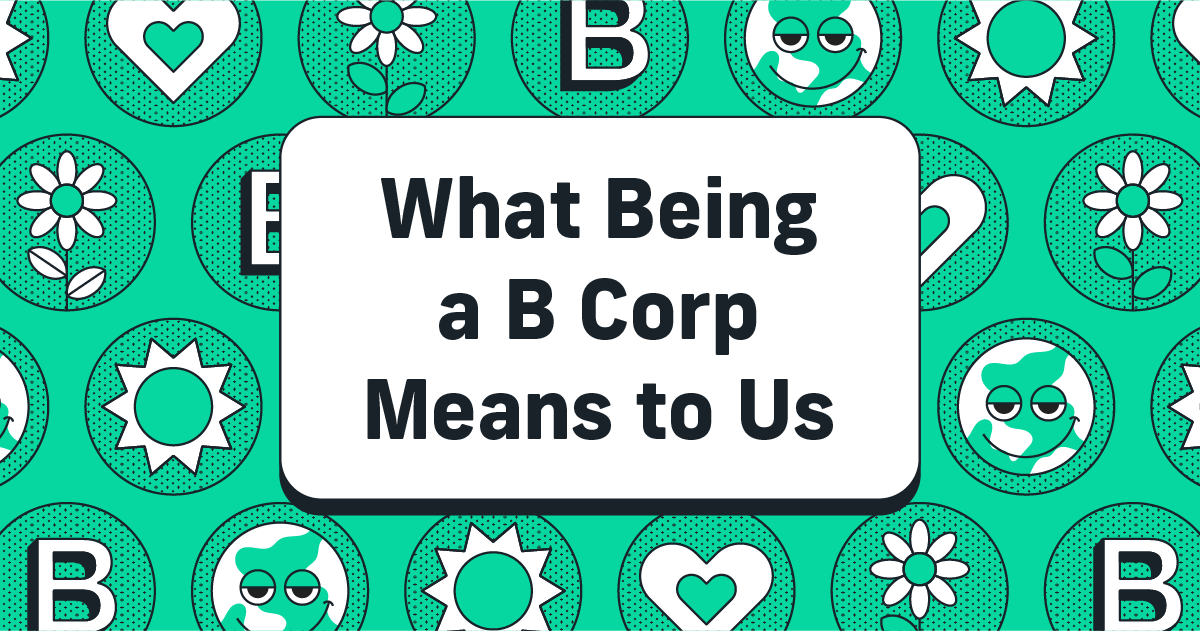Pollinator Week with Bee Downtown
June 18 – 24 is a time we celebrate the tiny animals that help plants make love.
Happy National Pollinator Week!
*Cue Marvin Gaye*
There’s a reason that we call uncomfortable talk with your parents “the birds and the bees.” These animals play a crucial role in plant fertilization. They move pollen grains from the male plant part, the anther, to the female part called the stigma. As a result, the plant becomes fertilized and sometimes turns into a fruit or vegetable. Delicious!
Bees, of course, are small but mighty pollinators. Their job description includes collecting pollen and nectar while fertilizing flowers. But bees aren’t the only animals that deserve recognition. Pollinators also include birds, bats, butterflies, beetles, flies, and lizards.
Why are we celebrating pollinators?

Crock-Pots & Crop Tops
According to the US Fish & Wildlife Service, pollinating animals pollinate over 75% of our flowering plants and nearly 75% of our crops.
Your crock-pot cobbler recipe relies on pollinators. Without them, there would be no apples, blueberries, pumpkin, nutmeg, vanilla, or sugar cane. Instead, you’d be left with a tepid pot of disappointment.
No pollinators? Say “goodbye” to your crop top collection. Cotton and hemp plants depend on pollinators, like bees, to reproduce. And without the fiber from those plants, no more crop tops for you.
In the US, pollination produces almost $20 billion worth of products each year. Saving the pollinators doesn’t just make sense, it makes dollars and cents.
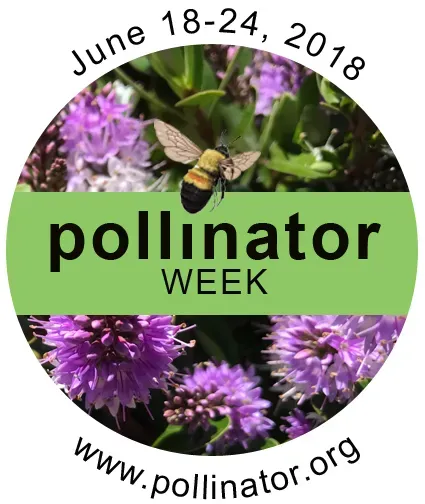
Carbon Sequestration
You know what’s really good? Oxygen! Without it, nothing else matters because you and I are dead.
Thankfully, plants help provide the necessary gas so we can all keep living! Yay!
Plants are also a critical player in the carbon sequestration game.
As defined by the United States Department of Agriculture’s Forest Service, Carbon Sequestration is “the process by which atmospheric carbon dioxide is taken up by trees, grasses, and other plants through photosynthesis and stored as carbon in biomass (trunks, branches, foliage, and roots) and soils. The sink of carbon sequestration in forests and wood products helps to offset sources of carbon dioxide to the atmosphere, such as deforestation, forest fires, and fossil fuel emissions.”
Basically, our plant friends suck up a bunch of our carbon dioxide waste, a greenhouse gas, and transform it into oxygen, that thing humans really like.
In order for plants to keep on keepin’ on, they rely on pollinators for fertilization, a necessity in creating the next generation of plants.
No pollinators = no plants = no oxygen = sad times (and probably death) = no books!!
The more plant pollination, the higher the chances of plant survival and carrying on future generations of plants to help fight human greenhouse gas emissions (and keep breathing).
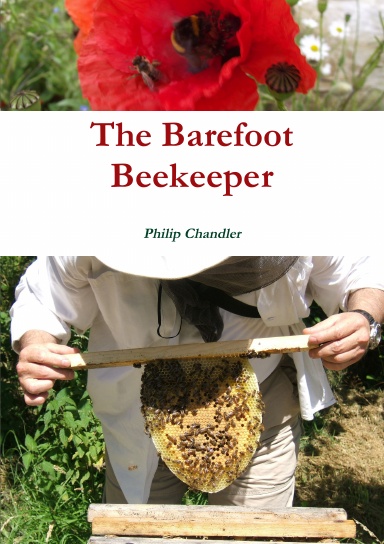
Swimming in the Olympic-sized Gene Pool
Pollinators also facilitate cross-pollination, a process that transfers pollen from one flower to a different flower. This increases genetic diversity and as a result, helps plant populations become more resilient to environmental change and disease.
The Irish Potato Famine is a good example of not having enough genetic diversity. During the 1800s, Irish potatoes were clones of each other and shared the same genes. Unfortunately, most potatoes were non-resistant to Phytophthora infestan, a water mold that turned the potatoes to mush.
Plants don’t have thumbs to swipe right and find a new date. Instead, many rely on pollinators to bring their botanical DNA to a new partner and create new offspring.
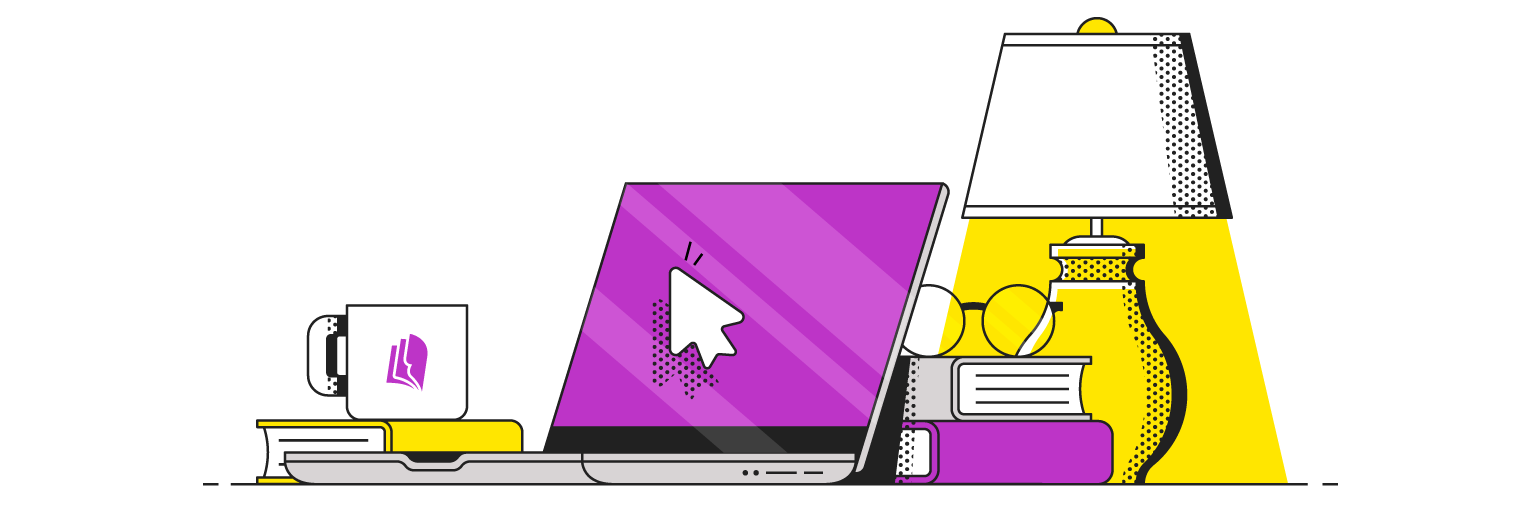
Your Free Lulu Account
Create a Lulu Account today to print and publish your book for readers all around the world
How You Can Keep the Pollination Party Going:
1. Plant a Pollinator-Friendly Garden
Pollinators need plant diversity and year-round options to gather food.
Here’s a list of some plants for year-round bee forage.
Keep in mind that native plants will attract more native pollinators. The Xerces Society for Invertebrate Conservation has great pollinator-friendly, native plant lists by region.
And if you really want to attract bees, plant blue, purple, and yellow flowers. Bees don’t have a photoreceptor to see reds but can see ultraviolet light.
2. Work With Bee Downtown
Bee Downtown is a woman-owned business dedicated to bringing bees to urban areas. The North Carolina company works with businesses like Burt’s Bees, Delta, and WRAL to install and maintain honey bee hives.
Bee Downtown’s program promotes sustainability and employee engagement through interactive beekeeping classes, teaching environmental stewardship, and a share of sweet, local honey.
Fun fact: Owner, Leigh Katherine Bonner, got her start through the Lulu eGames and recently made Inc.’s 30 under 30 list!
3. Reduce Pesticide Use
Unfortunately, many pesticides are harmful to pollinators, especially bees. The pesticides don’t discriminate and kill more than the intended pest. Plus, they can kill natural predators and end up making the pest problem worse.
If you must use a pesticide, be sure to apply it only to infected plants and not when the plant is in bloom—the time when plants are most attractive to bees. Also, try to apply the pesticide in the evening when pollinators are less active.
For more best management practices regarding pesticides, check out the Pesticide Environmental Stewardship website.

